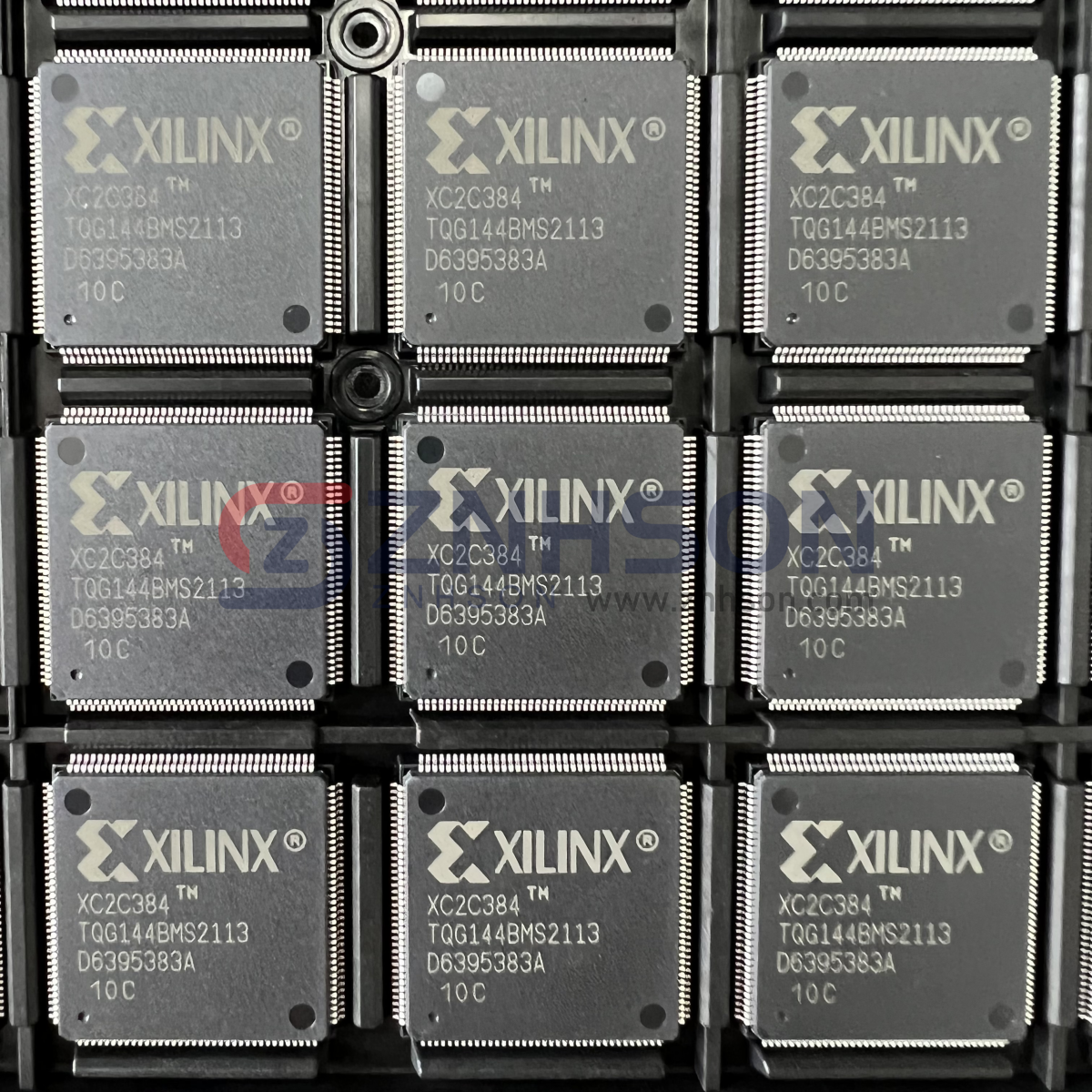Embedded - CPLDs (Complex Programmable Logic Devices)

Embedded - CPLDs (Complex Programmable Logic Devices)
Embedded - CPLDs (Complex Programmable Logic Devices)
CPLDs (Complex Programmable Logic Devices) are a specialized category of integrated circuits designed for implementing complex digital logic functions. As a key subcategory under Integrated Circuits (ICs), CPLDs offer a flexible and reconfigurable solution for embedded systems, bridging the gap between simple PLDs (Programmable Logic Devices) and more advanced FPGAs (Field-Programmable Gate Arrays). These devices are widely used in applications requiring high-speed logic integration, such as industrial automation, telecommunications, and consumer electronics.
Types of CPLDs:
1. High-Density CPLDs: Optimized for complex designs with higher logic capacity, suitable for advanced control systems.
2. Low-Power CPLDs: Designed for energy-efficient applications, ideal for portable and battery-operated devices.
3. High-Speed CPLDs: Engineered for performance-critical tasks, offering fast signal processing and minimal latency.
4. Mixed-Signal CPLDs: Incorporate both digital and analog functionalities, enabling versatile system integration.
Buying Recommendations:
- Assess Logic Requirements: Choose a CPLD based on the complexity of your design, considering factors like macrocell count and I/O capabilities.
- Evaluate Power Consumption: For portable or low-power applications, prioritize CPLDs with optimized energy efficiency.
- Check Development Tools: Ensure compatibility with industry-standard programming software (e.g., Quartus, Vivado) to streamline development.
- Consider Future Scalability: Select devices with modular architectures to accommodate potential design expansions.
CPLDs provide a cost-effective and adaptable solution for digital logic implementation, making them indispensable in modern embedded systems. By selecting the right type and features, engineers can enhance system performance while maintaining design flexibility.



















